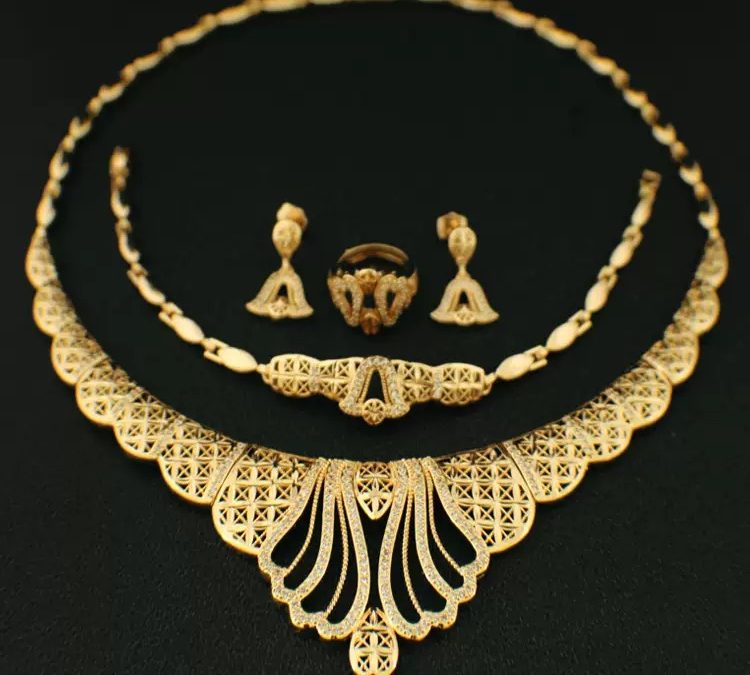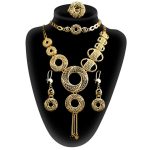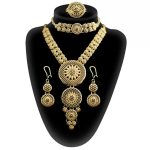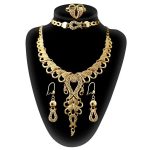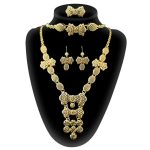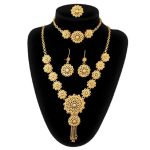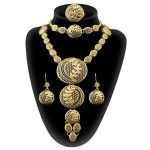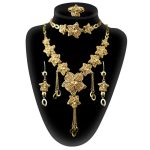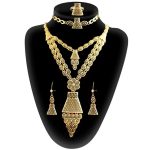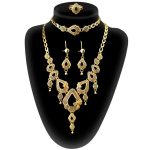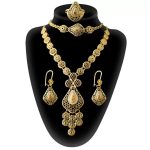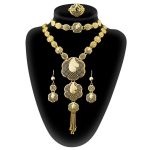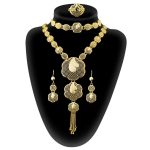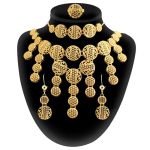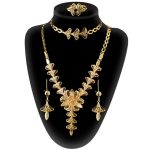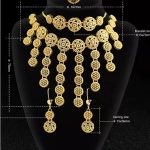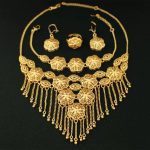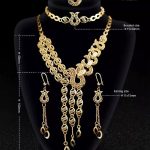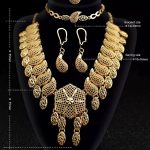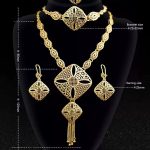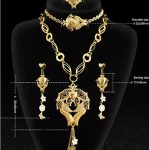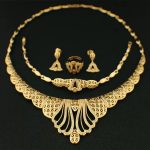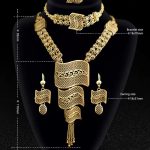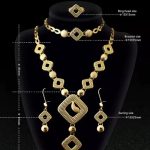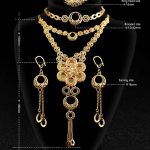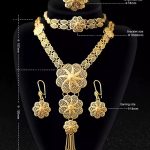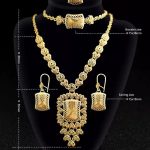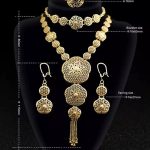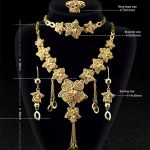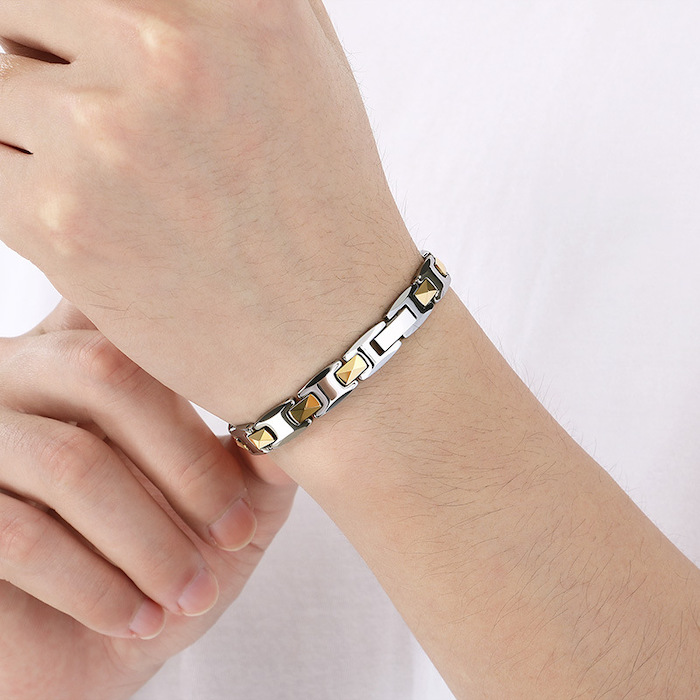The Rising Allure of Habesha Eritrean Jewelry in Middle Eastern Countries: A Fusion of Heritage, Craft, and Cross-Cultural Kinship
- Habesha Eritrean Jewelry
- Habesha Eritrean Jewelry
- Habesha Eritrean Jewelry
- Habesha Eritrean Jewelry
- Habesha Eritrean Jewelry
- Habesha Eritrean Jewelry
- Habesha Eritrean Jewelry
- Habesha Eritrean Jewelry
- Habesha Eritrean Jewelry
- Habesha Eritrean Jewelry
- Habesha Eritrean Jewelry
- Habesha Eritrean Jewelry
- Habesha Eritrean Jewelry
- Habesha Eritrean Jewelry
- Habesha Eritrean Jewelry
- Habesha Eritrean Jewelry
Introduction: From the Highlands of Eritrea to the Souks of Dubai
In the bustling gold markets of Dubai, amid displays of intricate Yemeni filigree and Omani khanjars, a new contender is captivating Middle Eastern jewelry lovers: Habesha Eritrean jewelry. Characterized by its bold geometric patterns, symbolic motifs, and handcrafted authenticity, these pieces—rooted in the ancient traditions of the Horn of Africa—are finding fervent admirers from Riyadh to Tehran. But what explains this surge in popularity? The answer lies in a tapestry of historical ties, cultural resonance, and a modern appetite for storytelling through adornment.
1. Historical Connections: Threads Woven Across the Red Sea
A. Ancient Trade Routes and Shared Legacies
For millennia, the Red Sea has served as a bridge between the Horn of Africa and the Arabian Peninsula. Eritrea’s strategic coastal position made it a hub for trade in spices, textiles, and gold. Habesha jewelry, with its distinctive use of Coptic Christian crosses and Islamic crescent motifs, reflects this cross-cultural exchange.
- Himyarite Influence: The pre-Islamic Himyarite Kingdom (modern-day Yemen) traded extensively with Aksum (ancient Eritrea/Ethiopia), spreading design elements like granulation and coin pendants still seen in Habesha pieces.
- Ottoman Era: During the 16th century, Ottoman Turks introduced filigree techniques to Eritrean artisans, which merged with indigenous styles to create hybrid designs revered today.
B. Religious Syncretism
Eritrea’s multireligious identity—split between Orthodox Christianity and Islam—resonates deeply in the Middle East. Habesha jewelry often incorporates symbols meaningful to both faiths:
- Crosses: Intricately designed Coptic crosses appeal to Christian communities in Lebanon, Egypt, and Syria.
- Crescents and Stars: Islamic motifs align with Middle Eastern cultural aesthetics, making pieces like Hamsa hand necklaces or star-and-moon earrings universally wearable.
2. Cultural Resonance: Symbols That Speak a Universal Language
A. The Power of Symbolism
Habesha jewelry is more than adornment—it’s a narrative. Middle Eastern buyers, who similarly value jewelry as a carrier of identity, connect with its embedded stories:
- Feres (Horse) Motifs: Symbolizing strength and mobility, resonating with Gulf Arab cultures’ equestrian heritage.
- Mesob (Basket) Patterns: Representing hospitality, a virtue central to both Eritrean and Arab societies.
B. Bridging Tribal and Urban Aesthetics
The Middle East’s fascination with “desert chic” and tribal aesthetics finds harmony in Habesha designs. Pieces like Gabbi necklaces (layered beadwork) or Tebeb belts (silver-studded leather) echo Bedouin craftsmanship while offering a fresh, Afro-Arab fusion.
3. Artisanal Craftsmanship: The Handmade Renaissance
A. Rejecting Mass Production
In an era of machine-made uniformity, Habesha jewelry’s imperfections are its pride. Each piece is hand-forged using techniques passed down through generations:
- Lost-Wax Casting: A 3,000-year-old method used to create detailed silver pendants.
- Hand Engraving: Artisans etch proverbs or blessings in Ge’ez script, akin to Arabic calligraphy on Islamic jewelry.
B. Materials with Meaning
- Ethiopian Opals and Tanzanite: Rare gemstones sourced from Africa’s Great Rift Valley, prized in Middle Eastern markets for their vivid hues.
- Recycled Silver: Many Habesha artisans melt down old coins or family heirlooms, appealing to sustainability-conscious Gulf buyers.
4. The Diaspora Effect: Eritrean Communities as Cultural Ambassadors
A. Eritrean Expatriates in the Gulf
Over 150,000 Eritreans reside in Middle Eastern countries, many working in sectors like healthcare and education. Their traditional attire and jewelry—worn at weddings and festivals—have piqued local interest.
- Dubai’s Little Asmara: Eritrean cafes and shops in Deira district showcase jewelry, sparking curiosity among Emirati visitors.
- Social Media Influence: Young Eritrean influencers in Qatar and Kuwait hashtag #HabeshaStyle, blending kaftans with Tigrinya ear cuffs.
B. Diplomatic and Economic Ties
Eritrea’s growing trade partnerships with UAE and Saudi Arabia have eased the import of jewelry, while events like Expo 2020 Dubai spotlighted Habesha craftsmanship.
5. Modern Adaptations: Bridging Tradition and Trend
A. Contemporary Collaborations
Middle Eastern designers are reimagining Habesha pieces for modern wardrobes:
- Lama Al-Fayez (Saudi Arabia): Merges Habesha coin necklaces with 18K gold chains for haute couture collections.
- Doha Jewellery & Watches Exhibition: Features Eritrean designers like Selamawit Gebrehiwet, whose “Afro-Arab” cuffs sold out in 2023.
B. Ethical Fashion Appeal
Habesha jewelry’s ties to female artisan cooperatives (e.g., Adi Quala Women’s Collective) align with the Middle East’s rising demand for ethically sourced luxury.
- Eritrean Jewelry
- Eritrean Jewelry
- Eritrean Jewelry
- Eritrean Jewelry
- Eritrean Jewelry
- Eritrean Jewelry
- Eritrean Jewelry
- Eritrean Jewelry
- Eritrean Jewelry
- Eritrean Jewelry
- Eritrean Jewelry
- Eritrean Jewelry
- Eritrean Jewelry
6. Challenges and Opportunities
While Habesha jewelry thrives, hurdles remain:
- Competition: Established Middle Eastern jewelers initially dismissed it as “ethnic niche.”
- Tariffs: High import taxes in GCC countries limit affordability.
Yet, entrepreneurs like Dubai-based Eritrean designer Amna Omar are breaking barriers. Her brand Zemen (meaning “era” in Tigrinya) collaborates with Emirati retailers to price pieces between 200–2,000, targeting middle- and high-income buyers.
Totally, The popularity of Habesha Eritrean jewelry in the Middle East is no accident—it’s a celebration of shared histories, mutual respect for craftsmanship, and the universal human desire to wear stories close to the heart. As one Omani buyer in Muscat remarked while purchasing a Coptic cross pendant, “This isn’t just jewelry. It’s a bridge between our worlds.”
In a region where the past and present coexist vibrantly, Habesha jewelry is more than a trend. It’s a testament to how beauty, when rooted in heritage and humanity, transcends borders.


